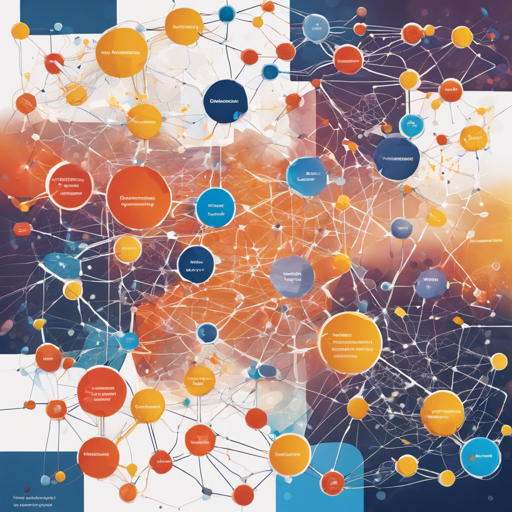In the realm of natural language processing, systems capable of answering questions based on given passages are continually evolving. One of the most interesting approaches to this problem is the Dynamic Coattention Network Plus (DCN+). This blog walks you through how to leverage DCN+ for question-answering tasks using the Stanford Question Answering Dataset (SQuAD).
Introduction
At its core, the SQuAD dataset formulates a machine learning challenge where the model receives a question and a relevant passage. The model’s responsibility is to provide the answer using spans of text found within that passage. Thus, a successful approach combines the contextual information of the passage with the specificity of the question asked. Recurrent neural networks using coattention mechanisms like the DCN have led to significant advancements in achieving high-performance results.
Understanding the Dynamic Coattention Network Plus (DCN+)
Imagine a library where you can ask a librarian for help in finding information. The librarian has the capability to analyze your query (the question) and scan the relevant book (the passage) to locate specific nuggets of information. This is the essence of the DCN+. Here’s how it works:
- Encoder: Combines the question and passage using a dot-product based coattention mechanism, similar to the attention in Transformer networks.
- Decoder: This application-specific decoder searches for answer spans and employs an iterative mechanism to overcome local minima.
Getting Started with DCN+
Now, let’s dive into how you can implement DCN+ in your own projects:
- Move to your project folder (where the README.md resides).
- Install the required dependencies:
- Download required resources with NLTK and preprocess the SQuAD dataset:
- Download GloVe embeddings:
- Run the preprocessing with your selected embedding dimensions:
sh$ pip install -r requirements.txtsh$ python -m nltk.downloader punkt
sh$ python question_answering_preprocessing/squad_preprocess.pysh$ python question_answering_preprocessing/dwr.py GLOVE_SOURCEsh$ python preprocessing/qa_data.py --glove_dim EMBEDDINGS_DIMENSIONS --glove_source GLOVE_SOURCEUsage Instructions
To train your DCN+ network, use the following command:
sh$ python main.py --embedding_size EMBEDDINGS_DIMENSIONSCheckpoints and logs will automatically be organized under a timestamped folder for your ease of access.
Interactive Shell & Tensorboard
After your model is trained, engage with it through an interactive shell or visualize its performance metrics:
sh$ python main.py --mode shellTo launch Tensorboard, execute:
sh$ tensorboard --logdir checkpointsThen you can view it at localhost:6006.
Troubleshooting
While using the DCN+ framework, you may encounter issues. Here are some suggestions to help you overcome common pitfalls:
- Dependency Conflicts: Ensure you are using Python 3.6 and TensorFlow 1.10, as earlier versions might not be supported.
- Memory Errors: If you face memory limitations, consider reducing the batch size in your configurations.
- Failed Downloads: If the GloVe embeddings or NLTK resources fail to download, check your internet connection or try executing the commands in a different environment.
For more insights, updates, or to collaborate on AI development projects, stay connected with fxis.ai.
Conclusion
The DCN+ framework provides a powerful mechanism for addressing question answering challenges effectively. By understanding the components of DCN+ and following the setup guidelines, you can confidently implement this architecture in your projects.
At fxis.ai, we believe that such advancements are crucial for the future of AI, as they enable more comprehensive and effective solutions. Our team is continually exploring new methodologies to push the envelope in artificial intelligence, ensuring that our clients benefit from the latest technological innovations.
Acknowledgements
This project incorporates code from Stanford’s CS224n to process the original SQuAD dataset and GloVe vectors. Each component aligns with best practices in natural language understanding.

